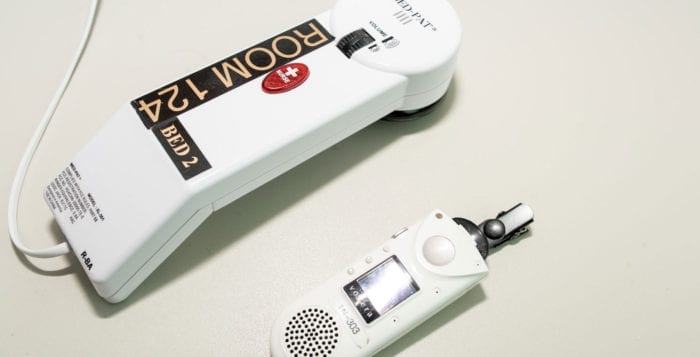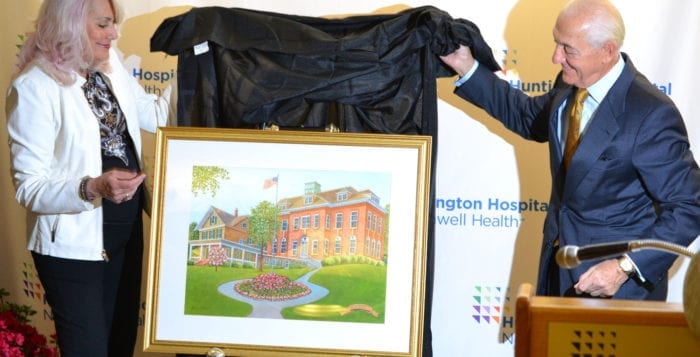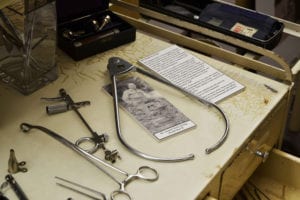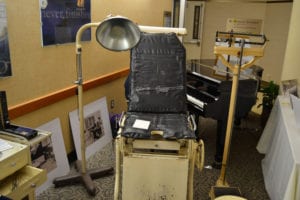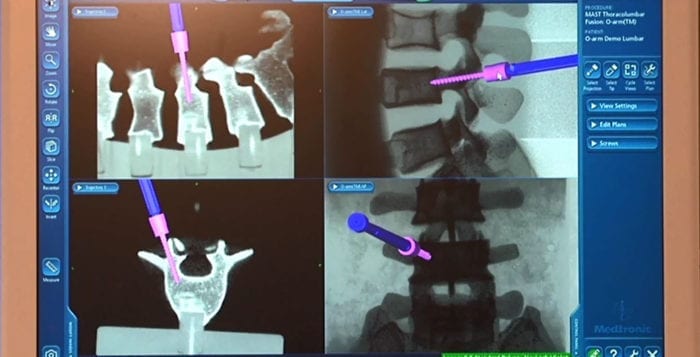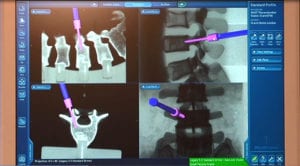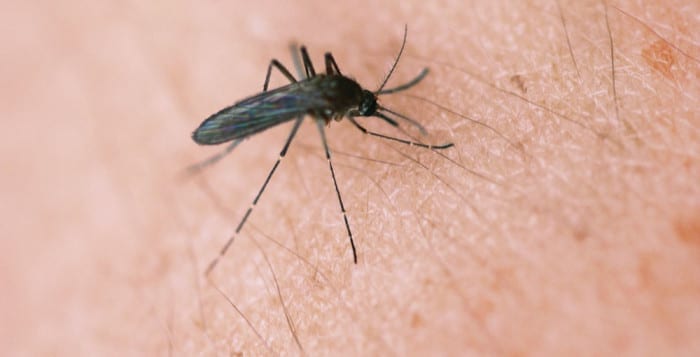By Victoria Espinoza
For Huntington residents, going to the emergency room just got a little less painful.
Huntington Hospital unveiled its new $53 million emergency department Dec. 13, which is capable of handling 64,000 patient visits per year. The department starts treating patients Jan. 3.
The new ED is more than double the size of the old. In total it’s 28,000 square feet, with 47 treatment spots and 12 private waiting stations where patients receive results. The facility was designed with a mission to significantly improve patient care.
“Efficiency is the idea behind this whole department,” Michael Recupero, director of patient care services in the ED said at the opening.
An entirely new system was put in place for dealing with patients from the moment they enter the building, to ensure their stay is as short and effective as possible.

Under the new method, patients are immediately seen by a nurse to determine if they need instant treatment in the main ED or treatment in one of the four intake rooms. The intake rooms are what Recupero calls “the game changers.”
“Traditionally you’d come in and be seen by a triage nurse, then you’d sit and wait in the waiting room for an undisclosed period of time, and then be brought to a room where you would wait some more,” he said. “Finally you’re seen by a doctor. But with this model, you’re seen by a nurse and then immediately placed in one of the intake rooms where a doctor will see you.”
The intake rooms feature a brand new lighting system that helps staff learn what step of care each patient in a room is at. The system, created by the University of Colorado, runs similar to a traffic light, but with four colors. If the light above an intake room is red, the patient is in the room and needs their vitals checked. If the red light is flashing that means vital check is complete. When the light is yellow, a provider is in the room and when flashing yellow, the provider completed their exam and the patient is ready to move. A green light indicates the room needs cleaning and flashing green means the room is clean and ready for the next patient. When flashing blue, the patient needs an EKG test done.
“It’s really amazing,” Recupero said. “With visual queues, we don’t even have to have a conversation. [A doctor] can see what’s happening in each room without anybody telling [him or her].”
On the wall of every intake room is a whip-off board with a checklist of certain tests a doctor may order.
“Within the first five minutes you’re getting orders done,” Recupero said.
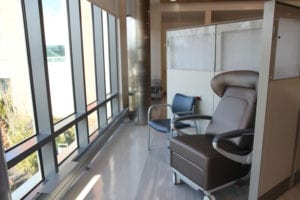
He explained the ED is spilt into half of an emergency department and half of an urgent care center. Patients with less serious illnesses are taken to “super track” spaces where they quickly get antibiotics, or an X-ray, and are then sent to one of the 12 results waiting areas, which are private cubicles with lounging chairs and floor to ceiling windows.
The main part of the department will be divided into an east wing and a west wing, with a nurse’s assistant, doctor and three nurses on each side. Another doctor is designated to the trauma area, which deals exclusively with patients in extreme conditions.
Recupero said other standout features in the new ED are a pediatric wing that can treat up to nine children at once, a radiology section exclusively for the ED — meaning no other departments are allowed to take time away from ED patients to use the machine — a dedicated Ob/Gyn area and a behavioral health area.
Michael J. Dowling, the CEO of NorthWell Health, of which the hospital is a member, said the hospital plans to apply for level three trauma designation in 2017.
“It’s a new beginning here,” he said at the opening. “This is just a wonderful example of what you can do when a lot of people put their efforts together and have the communities and patients interests forefront.”
Leonardo Huertas, chairman of emergency services for the hospital, said the new treatment style at Huntington Hospital will be a win for patients.
“The emergency department leadership has envisioned a way to best care and manage our patients,” Huertas said. “The new ED was designed with an eye for innovation. We wanted to change the traditional sequential process which is riddled with bottlenecks and delays.”



